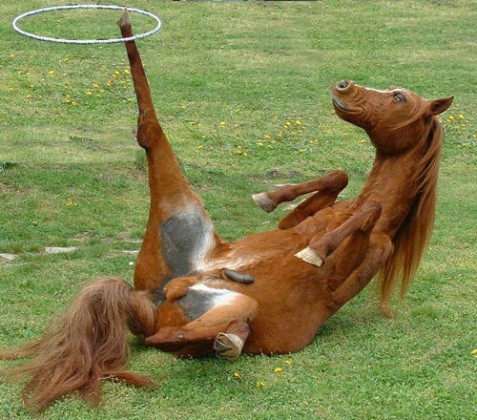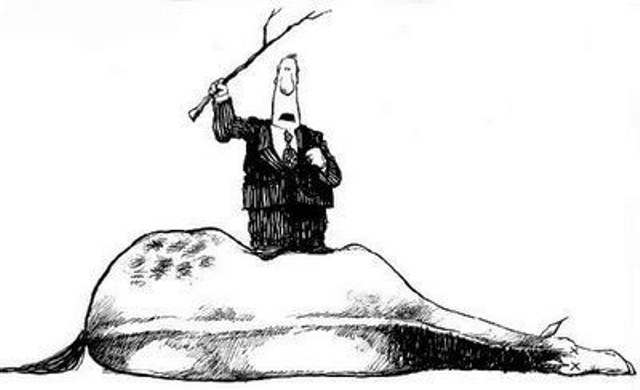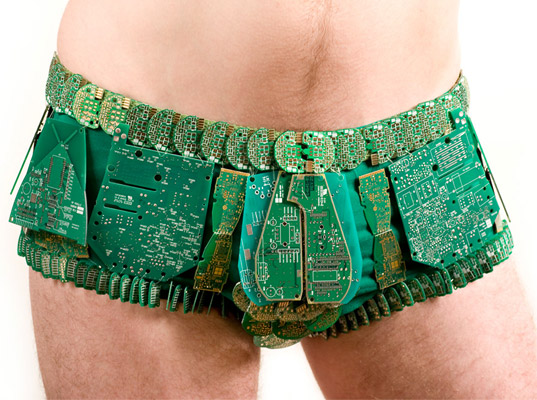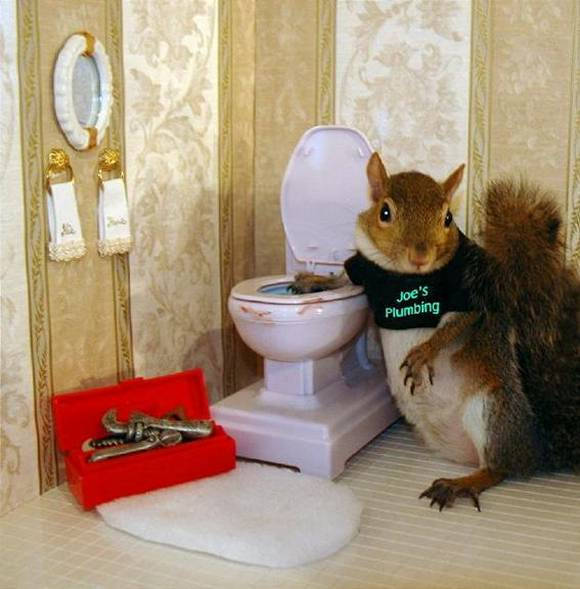Dangerous Horseplay

Numerous scientific and government studies have shown that occupations related to dealing with animals are the most dangerous. There’s always the possibility of being bit, scratched, clawed, mauled, kicked, butted, bucked, squeezed, stepped on, knocked down, run over, or in the case of small dogs, barked to death. The danger varies proportionally with the size of the animal. Horses fall into the category of large.
I’m not talking about the obvious risks such as getting bucked off into a bed of prickly pear cactus, flattened against a stall wall, a playful nip from teeth capable of pulling railroad spikes, or kicked in the bejeebers while trying to trim a hoof. I mean the small things, like an occasional black toe nail from being stepped on. You see, that’s not the horse’s fault. It’s not like when you were in the first grade and little Johnny stomped on your toe because you goosed him in the cafeteria line. Horses don’t crush your toes on purpose. Some horses have feet the size of a hubcap off a ’49 Hudson, and they just can’t keep track of all of them all of the time. Besides, it’s really due to a flaw in the design of the human body.
The reason your toes get stepped on is because they stick out in front. If your feet were actually put on backwards from the way they are, so your toes pointed towards the back, the only time you’d get your toe stepped on was if someone sneaked up behind you. This would also be better for standing close to a bar, the sink or a workbench, and would be great for going up stairs. Coming down stairs or having your kid run up your back with a shopping cart is a different story.
Stepped on toes is not the only result of working around horses. Horses have two brains: a thinking brain and a reactive brain, and the reactive brain generally takes precedence. They run or kick first and when they are about three miles away, they stop and the thinking brain says, “Hmmm, what was that?”
My good buddy Al was gathering his horses one evening, and one of them was reluctant to be gathered. Usually in this situation, Al just puts a lead rope around the reluctantee’s neck and, holding both ends of the rope, leads him back to the corral. To a point, it worked this time as well.
As Al was placing the lead rope around Horse’s neck, Horse tossed his head and knocked Al’s hat off. Al takes a turn around his forearm with the lead rope and stoops to retrieve his hat. Horse’s reactive brain sees a side of Al it had never seen before and, convinced Al is reaching for a rock, decides it’s best to leave town.
Al’s first three strides covered about 25 feet each with enough air-time in between to make a pro basketball player envious, but then he loses his feet and starts dragging a good pair of Justin Roper boots through the underbrush. This only increases Horse’s concern and provides added impetus to his direction. Before long, Horse had left little bits of Al on every cat claw and mesquite thorn on the property and was rapidly approaching the fence. A screaming u-turn at the fence, with Al swinging out a little wide and just missing a T-post, and they were headed back toward the corral.
At the corral, Horse went into his best reining horse spin and Al swung out wide again. After about a turn and a half, Al became disengaged from the lead rope and did a quick tuck and roll in the barnyard, landing right near his hat. Nothing was broken, but this procedure did peen over every corner on Al’s body and opened an L-shaped gash in his scalp that took fifteen stitches and half a roll of duct tape to close.
Horse seemed to be just fine as he waited by the feed trough in the corral. It’s not good when the emergency room personnel greet you with, “Roll on in here Al, what did you do this time?”



